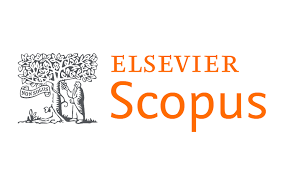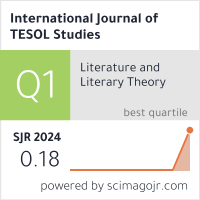2632-6779 (Print)
2633-6898 (Online)


Scopus
Ulrich’s Periodicals Directory (ProQuest)
MLA International Bibliography
MLA Directory of Periodicals
Directory of Open Access Journals (DOAJ)
QOAM (Quality Open Access Market)
British National Bibliography
WAC Clearinghouse Journal Listings
EBSCO Education
ICI Journals Master List
ERIH PLUS
CNKI Scholar
Gale-Cengage
WorldCat
Crossref
Baidu Scholar
British Library
J-Gate
ROAD
BASE
Publons
Google Scholar
Semantic Scholar
ORE Directory
TIRF
China National Center for Philosophy and Social Sciences Documentation
John R. Baker
National Quemoy University, Taiwan
Abstract
The belief that genre specific reading provides numerous benefits for apprenticing writers is something we in the field of writing education value as an underlying constant. Accepting this, writing center directors stock their self-access library shelves with a variety of composition texts, to include rhetorics (and the essays therein). To select these materials, readability formulae (e.g., the Lexile Readability Formula) are often employed. However, such formulae only measure two of the many features that make up the readability of an essay (i.e., semantic, syntactic). Other important features such as the title are not considered. To address this, this article reports the results of a sequential, mixed-methods study conducted in an Asian postsecondary setting. The study found that titles influence readability both as (a) a primary (i.e., an isolated feature) and (b) a conjoined feature (i.e., consisting of two or more associated entities where the second impacts the first). The article also makes a recommendation for teachers, writing center staff, and the publishing industry that readability formulae be administered in a hybrid fashion to explore additional features such as the title when considering the difficulty of exemplars.
Keywords
Text selection, readability, titles, Lexile, rhetorics, writing center administration